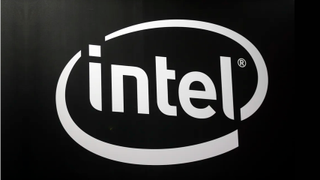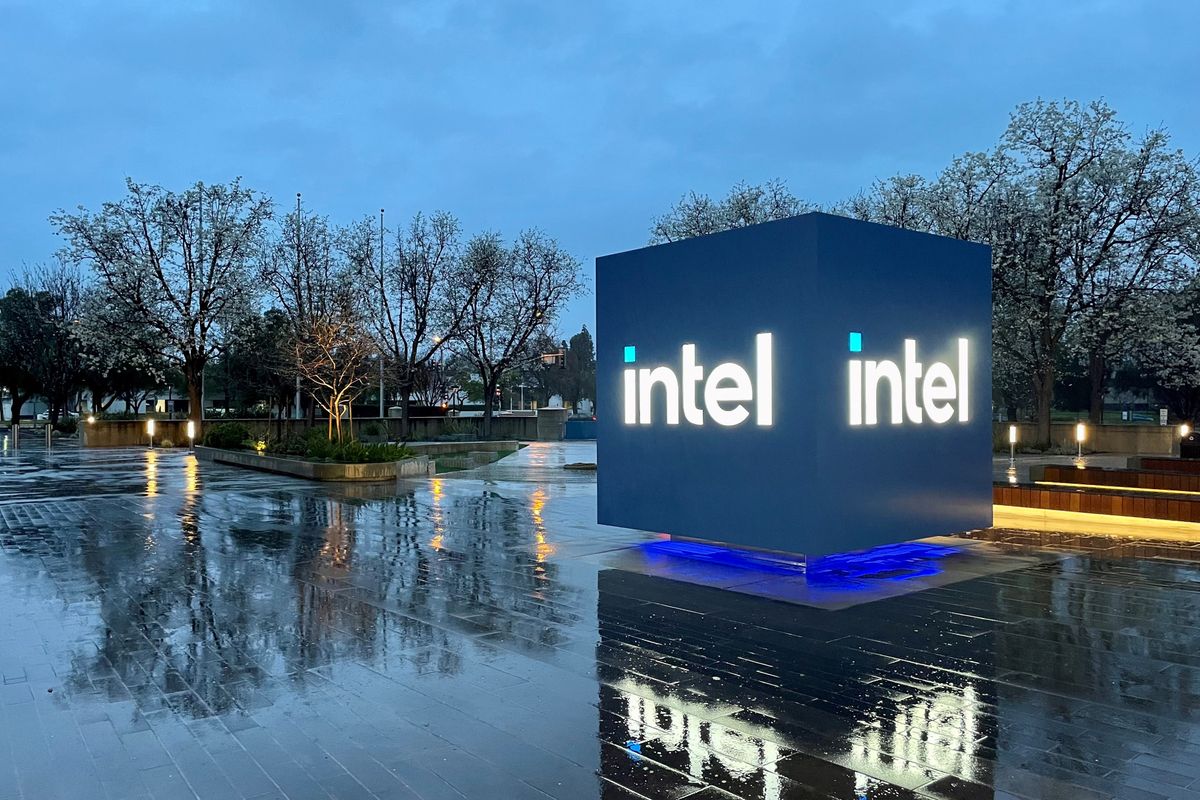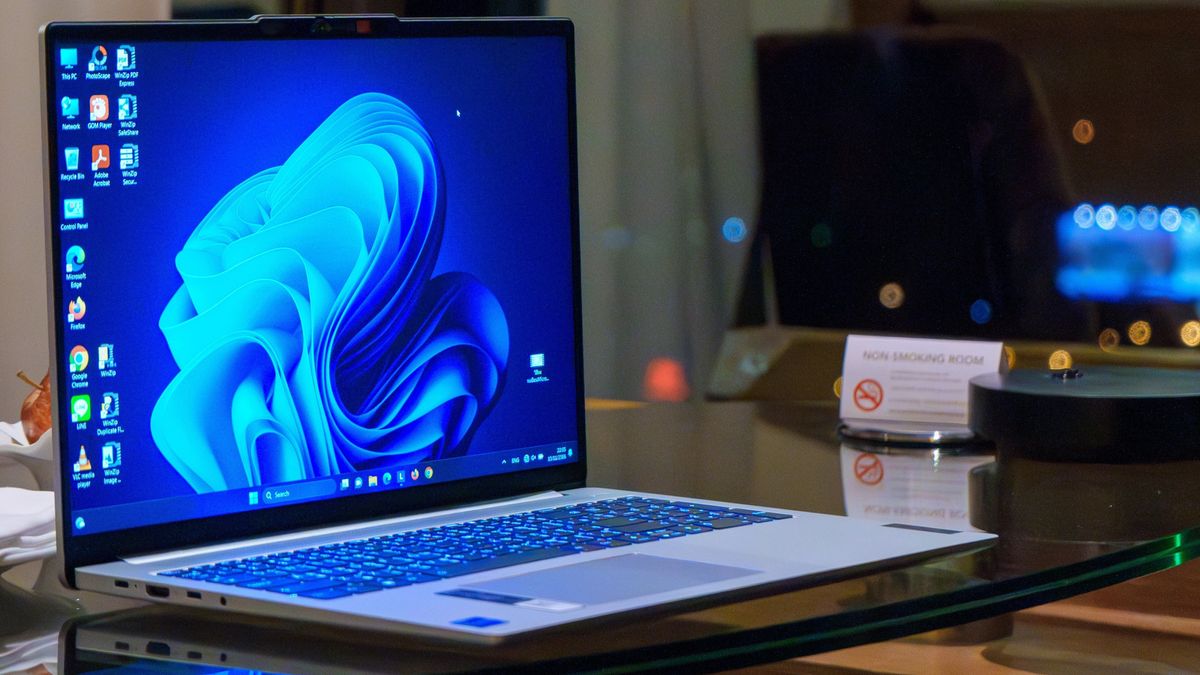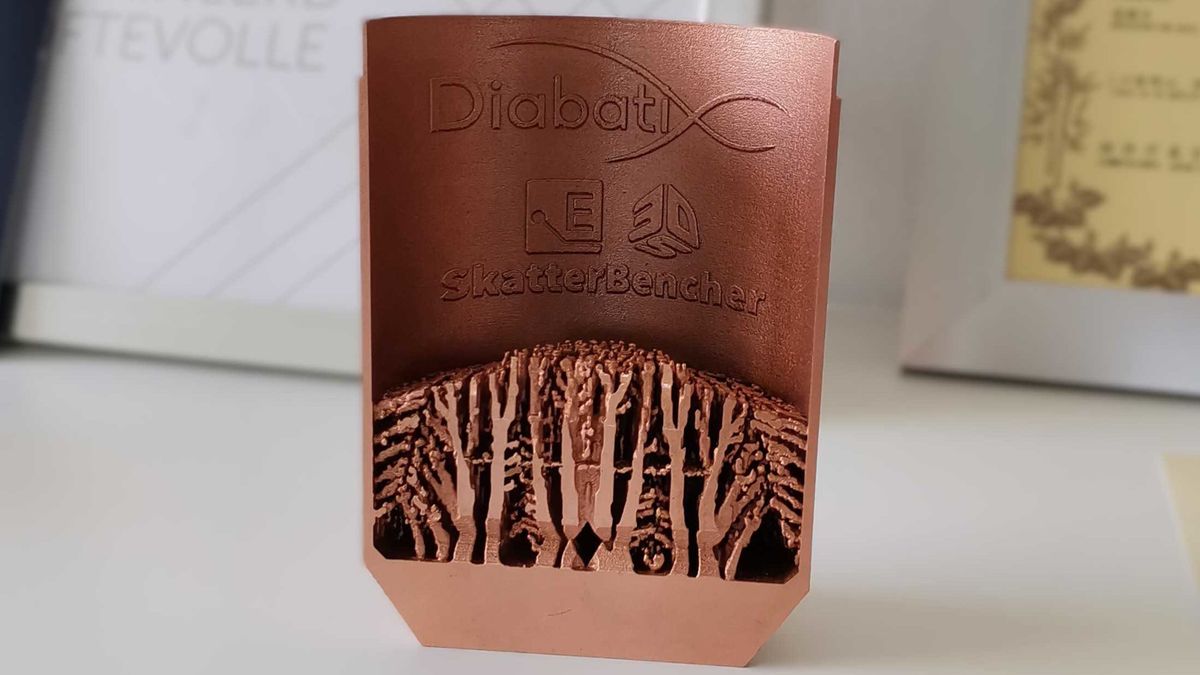Intel’s financial situation has recently been in trouble, mainly due to the massive losses of its foundry division. Because of this, several reports say that the company is considering spinning off manufacturing as a completely different entity, similar to what AMD did with GlobalFoundries. However, former Intel CEO Craig Barrett wrote on Fortune that doing so would hurt Intel and impair America’s goal of semiconductor leadership.
Barrett argues that chip manufacturers require massive investments to remain competitive. Only three chipmakers — Intel, Samsung, and TSMC — have the revenue to sustain the research and development needed for future products. Intel’s design arm would likely survive this split, but it’s an open question if Intel’s foundry business would last.
He compared this to the AMD-GlobalFoundries split in 2008. Today, AMD is doing well in the CPU field with its Ryzen processors, and TSMC produces many of its chips. On the other hand, GlobalFoundries has fallen behind TSMC because it does not have any differentiating technology that would allow it to be on the leading edge of semiconductor manufacturing.
With its limited resources, GlobalFoundries couldn’t invest more in research and development, lagging behind its competitors. Potential customers then went with foundries that had more advanced technologies, limiting its production and revenue, which, in turn, led to even less cash for R&D. The former Intel CEO says that the same thing could happen to Intel’s manufacturing division if the company (or the U.S. government) splits it off as an independent company.
If that were the case, the U.S. would likely depend on TSMC or Samsung to produce its latest chips. Although Washington has encouraged these companies to set up shop in the mainland U.S. through the CHIPS Act, with the latter planning to start regular production by early 2025, Barrett says these companies are still foreign suppliers. Furthermore, the headquarters of these companies are in countries with external threats and could serve as a flashpoint for a major conflict.
Instead of breaking up Intel, he suggests that Intel and the U.S. government should focus on what matters most for semiconductor companies — technological leadership. If the company focuses on delivering superior performance over its competitors, Intel would be able to turn itself around and once again be the global leader in chip manufacturing. The former CEO even praised the current head of Intel, Pat Gelsinger, for being on the right track for Intel, especially with the recent reveal of the Clearwater Forest Xeon chip that’s built on the 18A process node.
Barrett also said Washington must do its job to stay ahead of the semiconductor race. The U.S. has invested more in the semiconductor industry in the past year than in the last 28 years combined, but he says it should do even more, especially in academic research. While establishing the National Semiconductor Technology Center (NSTC) is already a good start, he also points out that its five-year budget is smaller than Intel’s annual R&D expenditure.
Mr. Craig Barrett says that Intel has been through a similar situation before—when the dot-com bubble burst and caused the entire tech industry to melt down. Despite all that was happening, Intel kept investing in its R&D programs, and when the dust finally settled, the company was in a stronger position than ever before. The former Intel chief believes that it should do the same again this time.

 5 days ago
7
5 days ago
7






:quality(85):upscale()/2024/10/31/831/n/49351773/b7bf33836723d2f0643c55.51137847_.jpg)


 English (US) ·
English (US) ·